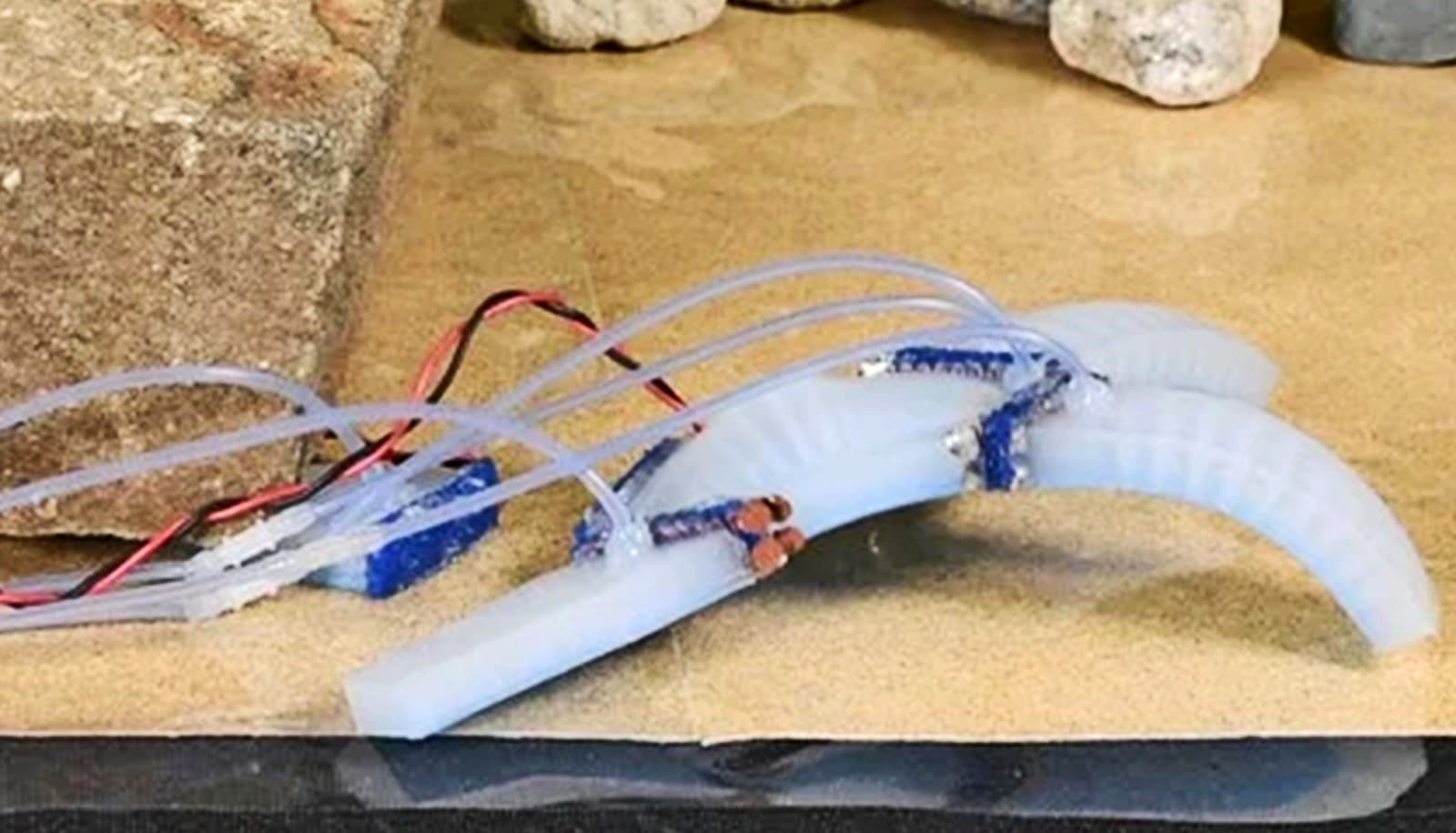In July, after several years of prioritizing debt repayment, Cenovus reached its debt reduction target—bringing its total net debt to $4.0 billion. The milestone means Cenovus will no longer be regularly directing a portion of its cash flow towards its balance sheet, a development that frees up funds for other purposes.
Cenovus’s plans for excess cash
But McKenzie said the excess cash will be 100% returned to shareholders, most likely in the form of share buybacks, and won’t be used to embark on any new growth strategies or M&A opportunities.
“It’s going to be good to run this business model at 100% shareholder returns going forward, and that’s really what we’re focused on today—just sticking to our knitting and executing on what’s in front of us, versus trying to take on new challenges or modifying strategies,” McKenzie told analysts and reporters.
Cenovus earnings report highlights
- Cenovus (CVE/TSX) reported second quarter earnings of $1 billion Thursday, up from $866 million in the same quarter last year. Earnings worked out to $0.53 per diluted share, up from $0.44 from last year.
The company said its excess free funds flow in the quarter ending June 30 was $735 million, up from $505 million in the same quarter a year earlier. The company reported revenues of $14.9 billion for the second quarter, up from $12.2 billion for the same quarter last year.
In the second quarter, Cenovus loaded its first vessels at the Westridge Marine Terminal in Vancouver following the successful startup of the Trans Mountain pipeline expansion, on which it is a major contracted shipper.
Notes for the rest of 2024
In light of strong year-to-date results, Cenovus revised its 2024 production forecast Thursday. The company now expects total upstream production of between 785,000 and 810,000 barrels of oil equivalent per day, up from a prior forecast of 770,000 to 810,000 boe/d.
McKenzie said Cenovus is now nearly 90% finished construction the Narrows Lake tie-back at its Christina Lake oilsands site. The tie-back project is a 17-kilometre pipeline that connects the Narrows Lake reservoir to the Christina Lake main processing facility, and will result in up to 30,000 barrels per day of additional production from the site starting in late 2025.
The company also continues to work to improve performance at its U.S. refinery operations, which in recent years have been affected by unplanned outages and maintenance issues.




















Discussion about this post